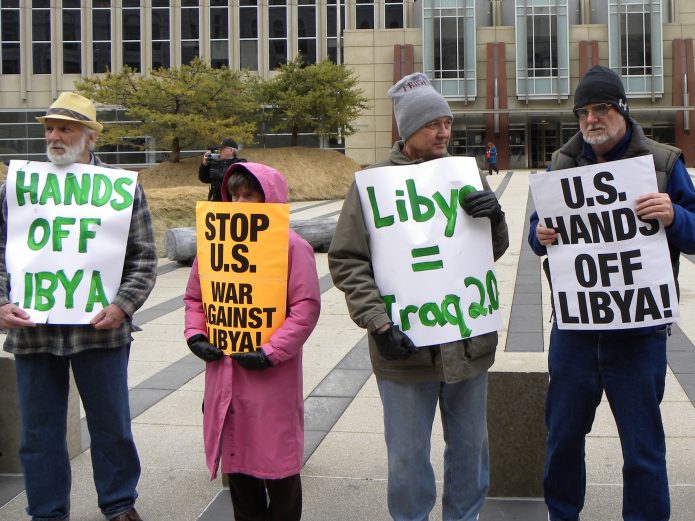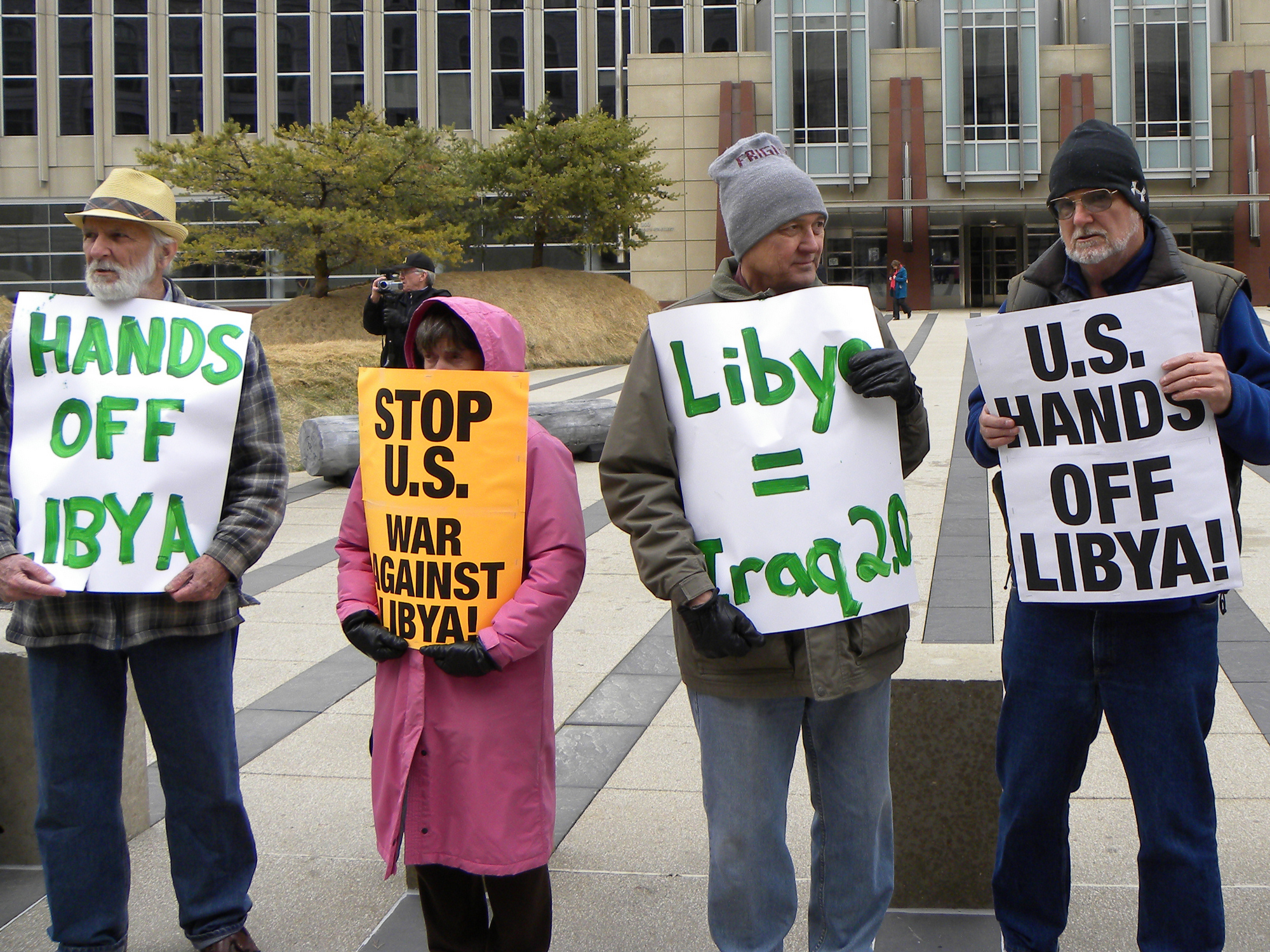
Wikimedia Commons
The story of slavery in Africa, like slavery in so many other parts of the world, is a painful chronicle whose origins go back centuries. It’s not a new phenomenon. But the issue got a rush of new attention recently, when video of an apparently open-air slave market in Libya appeared on CNN.
Human trafficking and slavery in Libya and other parts of the continent can be traced to a number of factors. Chief among them are the legacies of Western colonialism and the ravages of war, escalating poverty, and climate change, which destabilized many countries and rendered wide swathes of the Sahel and sub-Saharan Africa almost uninhabitable. Anti-black racism has played a role as well.
But the emergence of slave auctions in Libya has a more immediate basis as well: a catastrophic Western military intervention.
It began back in 2011, when the initially nonviolent Arab Spring uprising against the erratic and often despotic Libyan leader Muammar Qaddafi was attacked by government forces. Many soldiers defected from the military and joined the rebels, forming a military opposition.
…
